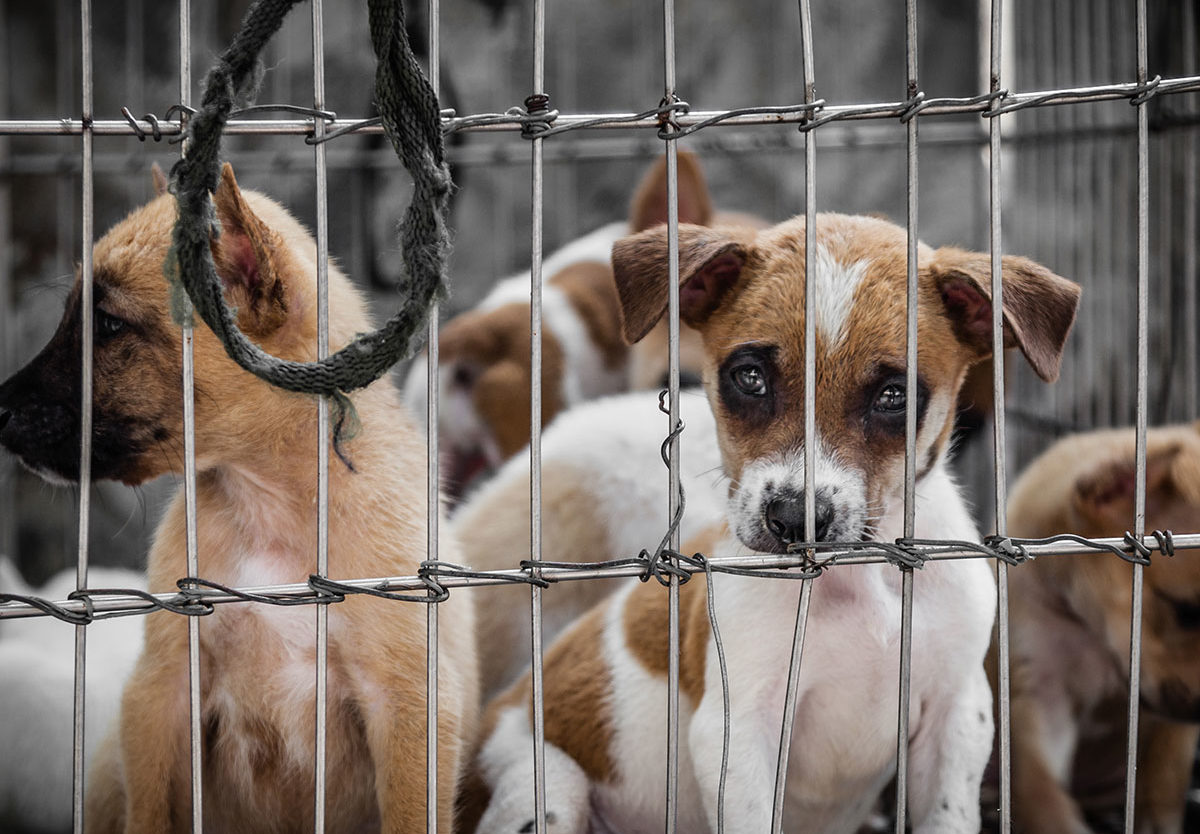Animal cruelty is a term that often evokes strong emotions, leading people to visualize acts of direct violence against living creatures. Yet, an inquiry emerges when contemplating behaviors associated with animals that are no longer alive. Specifically, is hitting an already dead animal still considered animal cruelty? This question compels us to delve deeper into the complexities surrounding animal rights, ethics, and societal perceptions of respect towards all sentient beings, living or deceased.
To understand this conundrum, it’s essential to dissect the very essence of cruelty. Traditionally, cruelty encompasses actions that cause suffering or harm to an animal. The infliction of pain on a living being is readily recognizable and universally condemned. However, when the creature in question has already departed from this world, does it still warrant the label of cruelty when violence is enacted upon its lifeless form?
The crux of the matter lies in defining respect towards animals, regardless of their state of being. Animal rights advocates argue that all creatures, even after death, deserve a certain degree of dignity and reverence. This viewpoint stems from a holistic understanding of life, where connection with animals transcends mere existence. For many, the very act of treating a dead animal disrespectfully—whether through physical violence or neglect—can be perceived as a manifestation of broader societal attitudes regarding life and death.
When one expounds on the implications of hitting a dead animal, it invites a conversation about the motivations behind such actions. What provokes an individual to lash out at a creature no longer alive? Often, it is rooted in an expression of frustration or anger manifesting in the form of violence. This speaks volumes about the underlying emotions and societal norms that condone or condemn such behaviors. In essence, it discloses a potentially deeper malaise within human interaction with nature and its creatures.
Moreover, it is critical to recognize the legal frameworks surrounding animal cruelty. In many jurisdictions, laws explicitly categorizing animal cruelty may focus on acts committed against living animals, leaving a gray area when it comes to deceased ones. Nevertheless, there are increasingly growing sentiments that favor legislation designed to discourage disrespectful treatment of deceased animals. Such legal positions reflect an evolving societal perspective that seeks to promote compassion and respect universally—an ethos that can ultimately benefit our relationships with both living and deceased animals.
It’s pivotal to engage in a broader dialogue about our emotional and moral responsibilities to animals. When individuals perpetrate acts of violence against dead animals, it serves as an indication of desensitization towards life itself. This insensitivity can seep into societal attitudes, progressively normalizing aggressive behaviors and fostering an environment where respect for all forms of life diminishes. Animals, irrespective of their state, embody a larger narrative concerning empathy, kindness, and stewardship toward the planet and its inhabitants.
The question of whether hitting a dead animal constitutes animal cruelty also prompts discourses about cultural and historical contexts. Different societies have varied beliefs surrounding the treatment of animals, influenced by their cultural, ethical, and philosophical frameworks. In some cultures, animals hold significant spiritual value, and taking liberties with their deceased forms is seen as an affront to cultural and ancestral teachings. Contrastingly, other communities may not place the same level of importance on deceased animals, thus raising an interesting dichotomy in understanding what constitutes cruelty.
Furthermore, triggering curiosity about our own moral compass is essential when contemplating the implications of such actions. Each individual possesses a unique moral framework shaped by personal experiences, education, and cultural background. Engaging with our instinctual responses to the concept of hitting a dead animal can unveil biases and assumptions we may hold subconsciously. Are we, as a society, vigilant enough to question our emotional and ethical reactions? This introspection not only informs our understanding of cruelty but also enables transformative dialogues about how we can cultivate a more compassionate world.
Engagement in proactive measures to combat cruelty in all forms, whether directed at the living or the deceased, becomes imperative. Programs aimed at educating communities about the importance of empathy, animal welfare, and ethical treatment of all creatures can reshape perceptions. As we shift our perspective from viewing animals merely as resources or entities, we can foster an environment encouraging respect for every life. Encouraging better treatment of animals during their lives will invariably extend to their treatment after death.
In conclusion, while the act of hitting a dead animal may not fit within the conventional definition of animal cruelty, it undoubtedly presents a plethora of ethical considerations. The question stimulates broader inquiries regarding respect for life and death and propels discussions around our emotional and moral responsibilities toward animals. It compels us to reconsider our attitudes and actions, ultimately nurturing a culture of empathy that aspires towards the highest standards of coexistence—with all living beings, regardless of their state of existence. As we advance, let this contemplation be a guiding principle in promoting harmony within the intricate tapestry of life that encompasses all creatures.







